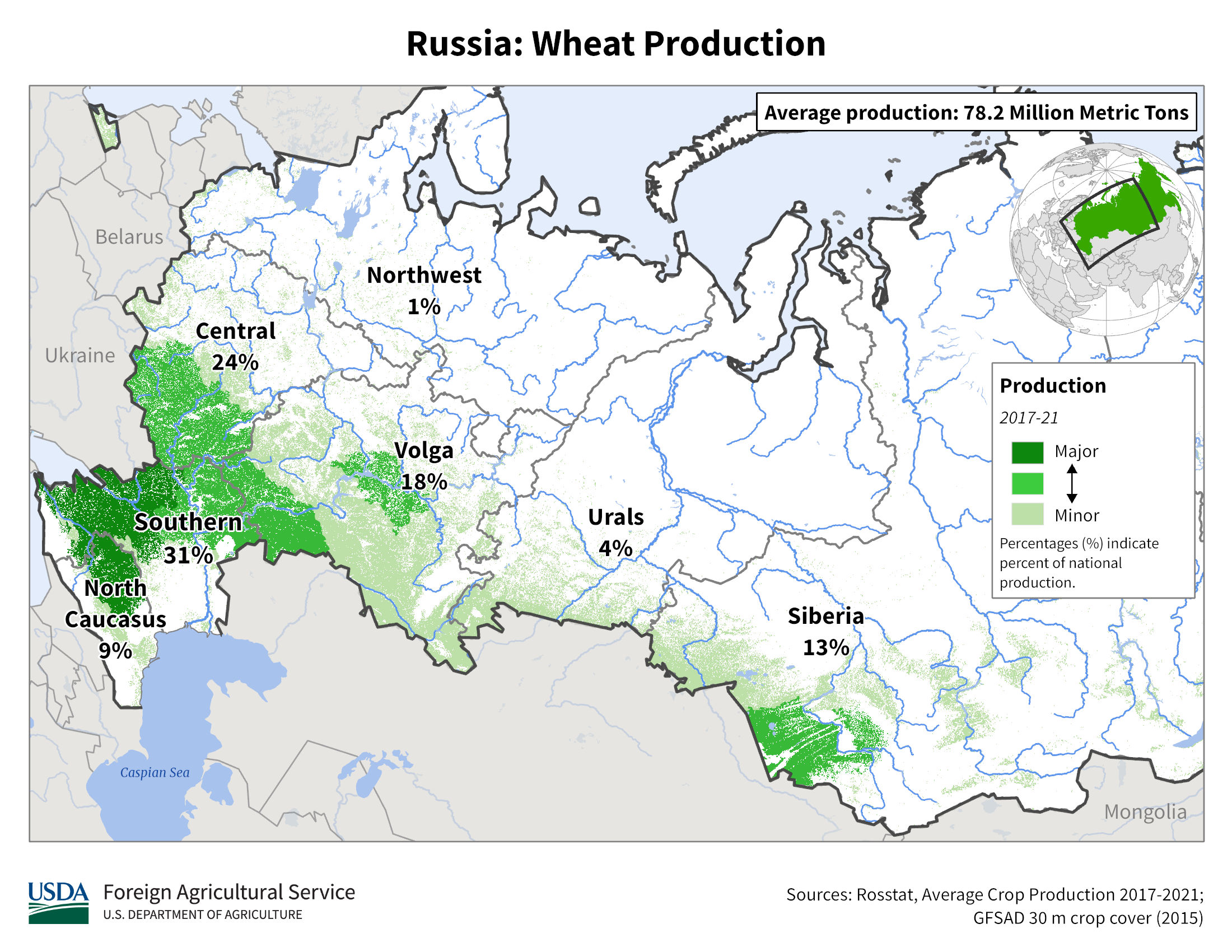
Russia Crop Production Maps
Russia's agriculture produces around 3.7 per cent of the country's GDP, employs 9.2 per cent of the national workforce and contributes around 6 per cent of the country's exports. The sector has shown remarkable resilience in the face of wider economic turbulence. Self‐sufficiency rates for the main agricultural commodities are relatively high.

Russian hardiness zones
GVA of agriculture in Russia 2016-2020. Mean monthly salary in the agricultural sector of Russia 2012-2018. Agricultural production value in Russia 2018-2022. Agriculture, hunting, forestry, and.

Russian Federation Crop Production Maps
The climate in Russia is very diverse, ranging from subarctic and arctic in the North, to humid continental in the central region, to a semi-arid climate in the South. The average temperatures in winter range from -25°C to -10°C, while in summer they range from +15°C to +25°C (59°F to 77°F). 1 year ago.

ロシア農業可能地域
According to data from the World Bank (2020), the country's value added agriculture (in constant 2010 prices) increased from $45.9 billion in 2000 to $66.2 billion in 2019. However, a share of the agriculture (in value added terms) in Russia's gross domestic product decreased from 5.8% to 3.4% for the same period.
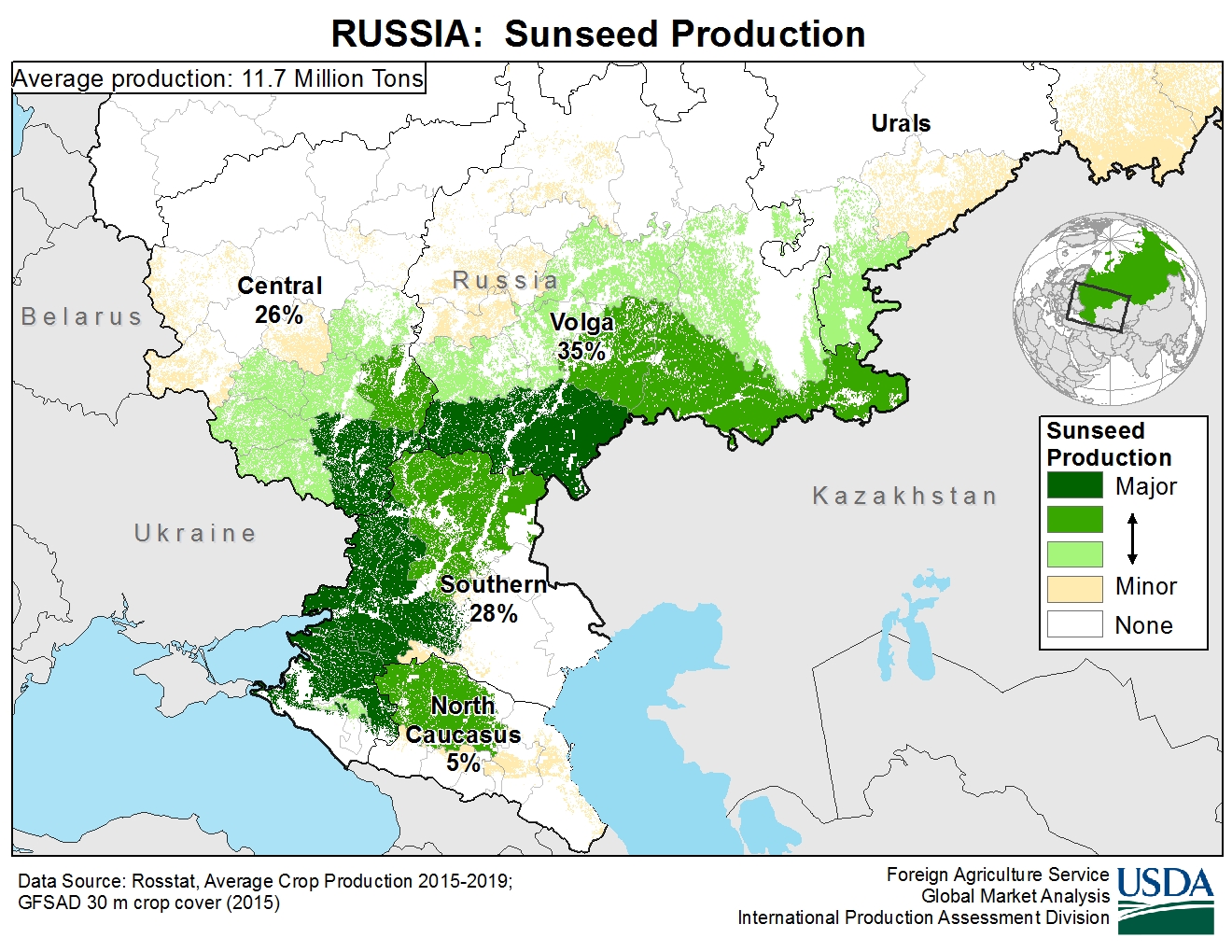
Russian Federation Crop Production Maps
Russian agriculture has been one of the fastest growing segments of the economy in recent years with gross output up 2.4 percent in 2017, as the Russian economy emerged from a two-year recession. In 2017, Russia was the world's largest exporter of wheat, the second-largest producer of sunflower seeds, the third-largest producer of potatoes and milk, and the fifth-largest producer of eggs and.

Agriculture and land use in the North of Russia Case study of Karelia and Yakutia
Six economic regions supply nearly all wheat produced in Russia ( Fig. 1): North Caucasus, Black Earth, Volga, Ural and West Siberia are wheat surplus regions, whereas the Central region with.

Color coded map showing Russian agriculture, including the number of cattle per capita, for
Figure 1. Russian agricultural exports and the share of gross agriculture output exported, 2010-2018 Source: Rosstat database (www.gks.ru). Note: GAO = gross agriculture output. Productivity and production growth have been fueled by investments in technology, such as high-quality seeds and agricultural machinery, improved production practices.
RUDN agriculturists suggested an optimal stra EurekAlert!
Russia's agricultural recovery is narrow because leading regions account for a disproportional percentage of output. That narrowness fosters fragility, which suggests that a downturn in production among main producers may cause a spike in food insecurity. Second tier regions are not able to compensate for significant production.
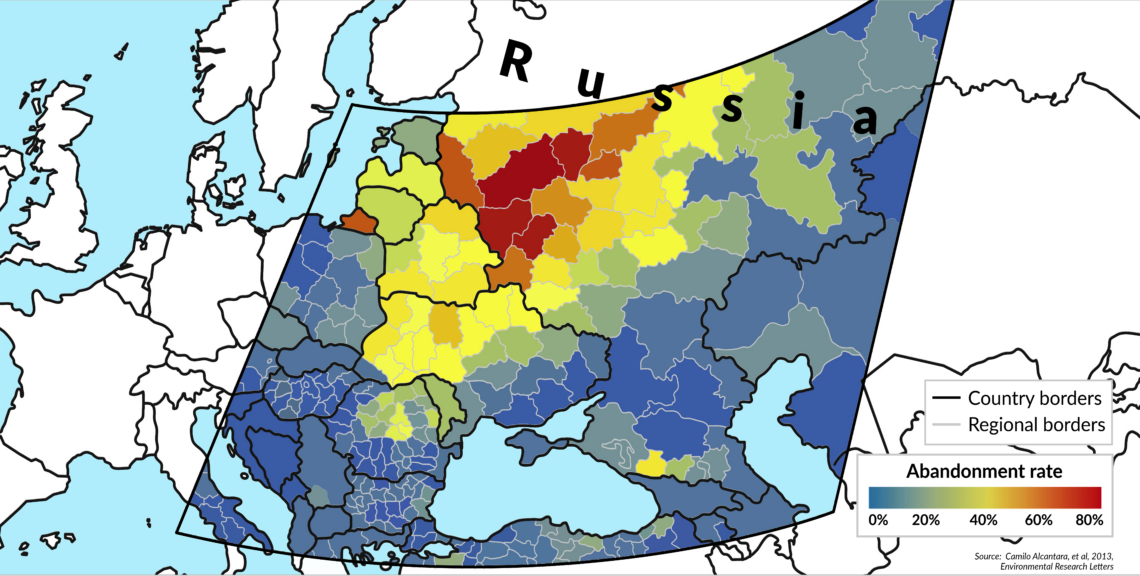
Russia's ambitious plans to its agriculture sector GIS Reports
Part 2 of our Russia series aims to shed a light on the Russian agricultural industry and changes that lie ahead. Alia Yakupova and Hannes Lorenzen walk us through a brief history of Russia and the potential impact of recent developments on global agriculture and food. Part 2 of our Russia series aims to shed a light on the Russian agricultural industry and changes that lie ahead. Alia.
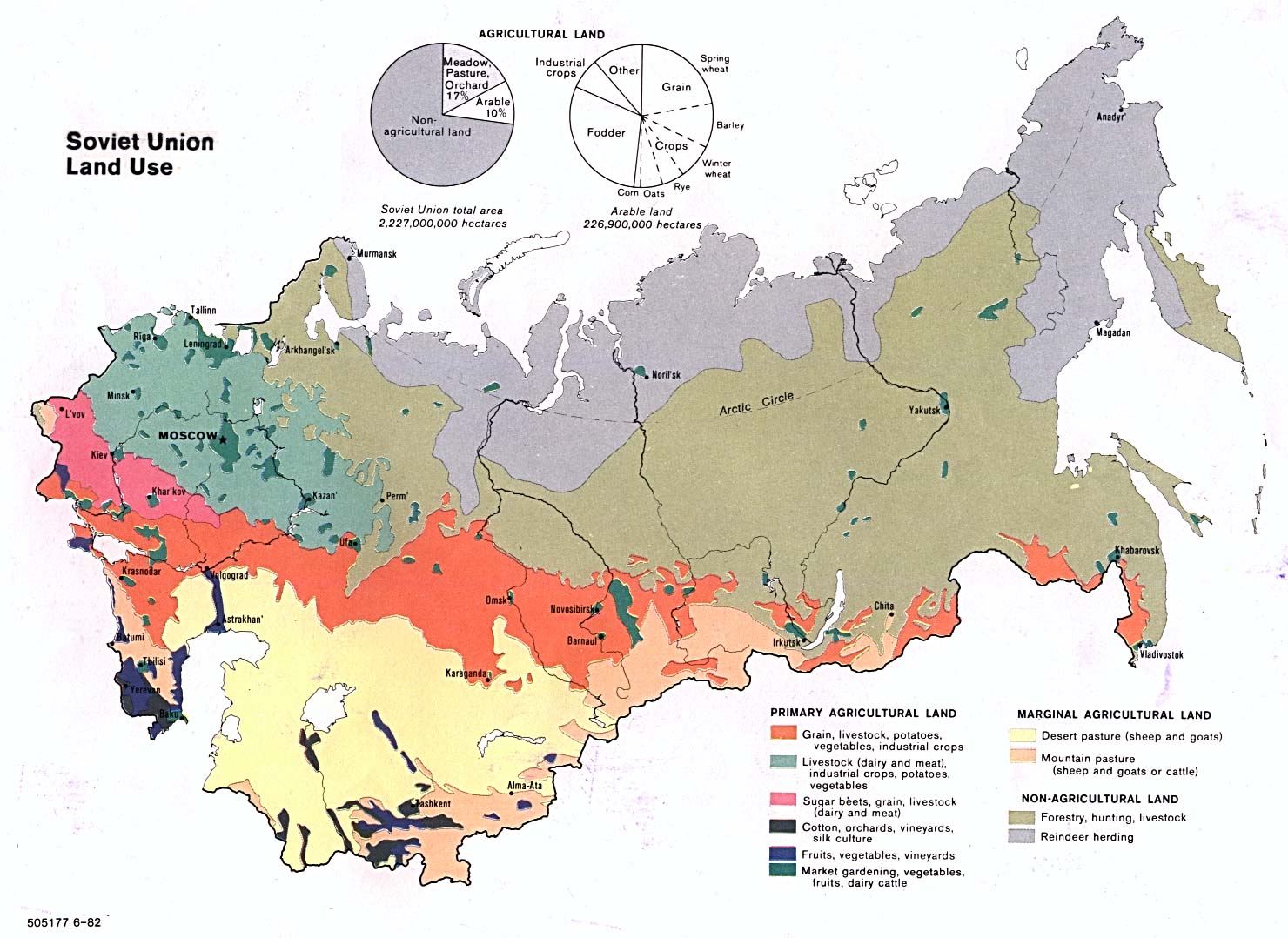
Soviet Union Land Use Map soviet union • mappery
The explosive growth of Russia's grain exports in the twenty-first century is exceptional in the country's history. Between 1992 (first year grain export information was reported to the Food and Agricultural Organization [FAO]) and 1996, Russia exported only 0.9 million tons of grains per annum on average (FAOSTAT 2020).From 2000 to 2004, the exports increased to 7.1 million tons and from.
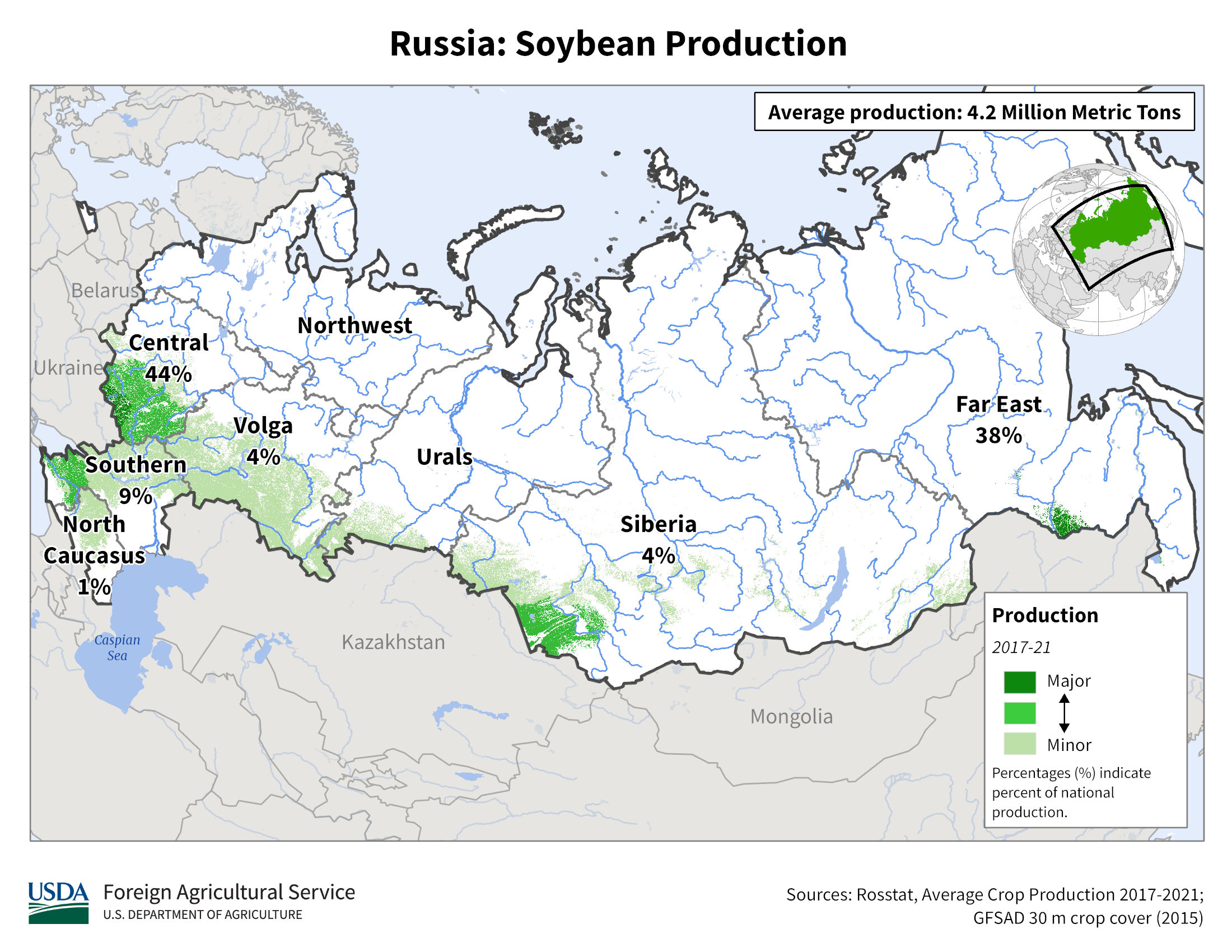
Russia Crop Production Maps
GVA of agriculture as a share of GDP in Russia 2016-2020. Share of agriculture, hunting, forestry, and fishery gross value added (GVA) in the gross domestic product (GDP) of Russia from 2016 to.
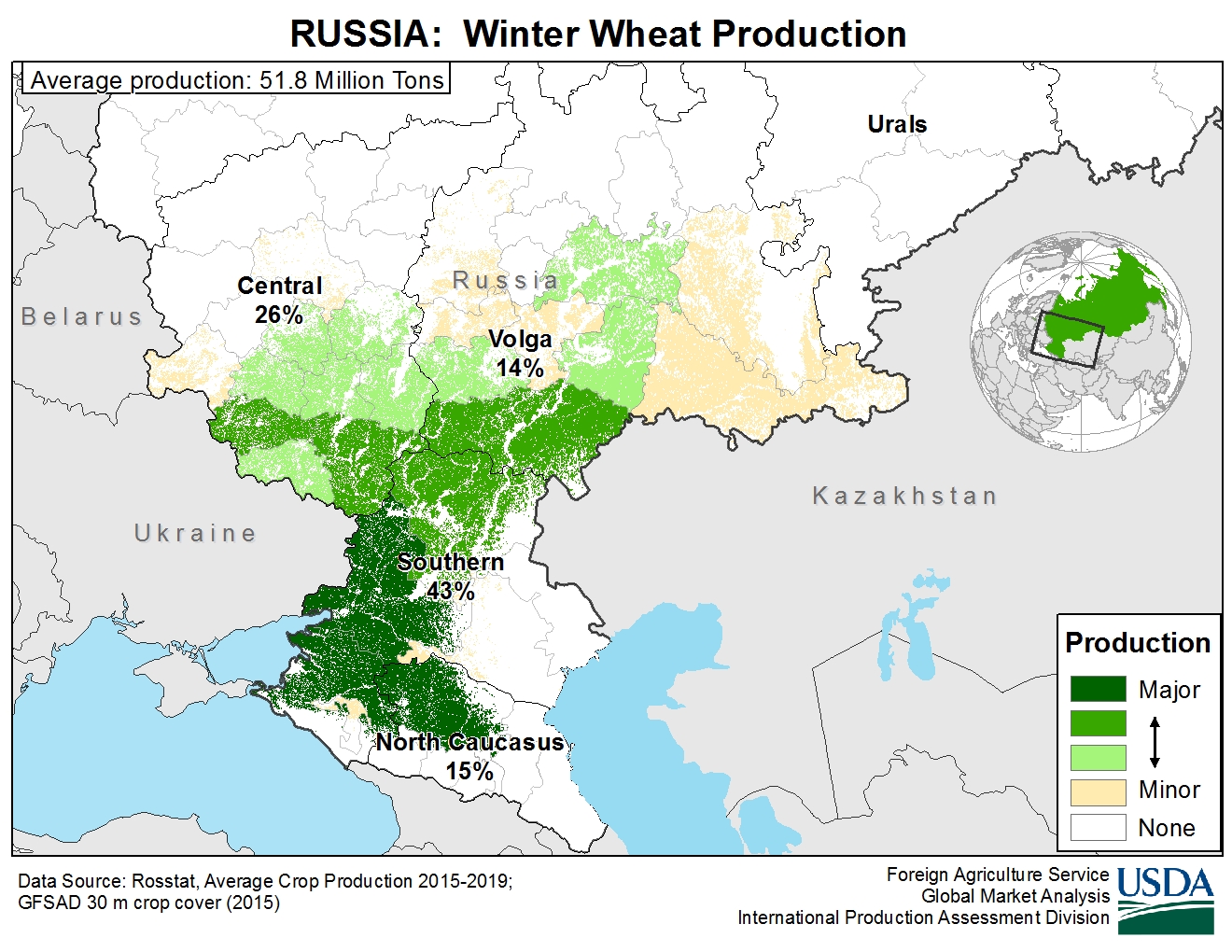
Russian Federation Crop Production Maps
The Russian Far East (RFE) agriculture, especially crop production, is concentrated in the regional south. In 2020 Amur Oblast accounted for 53% of the RFE's arable land, while Primorskiy Krai accounted for 21%. These figures have slightly decreased compared with 1990 (56% and 24%, respectively).
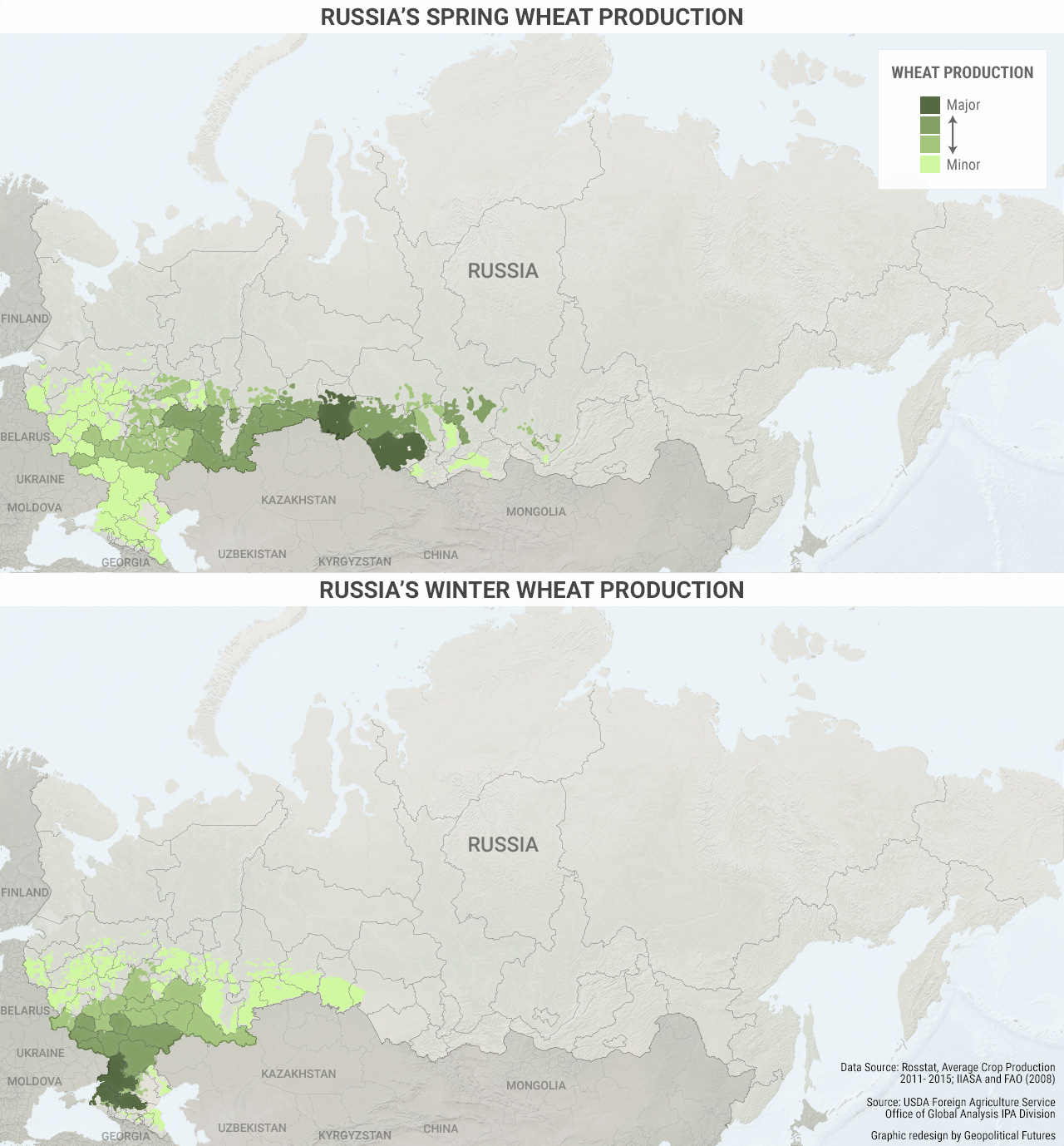
Predicting the Unpredictable in Russian Agriculture Geopolitical Futures
Despite harsh climate, agriculture on the northern margins of Russia still remains the backbone of food security. Historically, in both regions studied in this article - the Republic of Karelia and the Republic of Sakha (Yakutia) - agricultural activities as dairy farming and even cropping were well adapted to local conditions including traditional activities such as horse breeding typical.
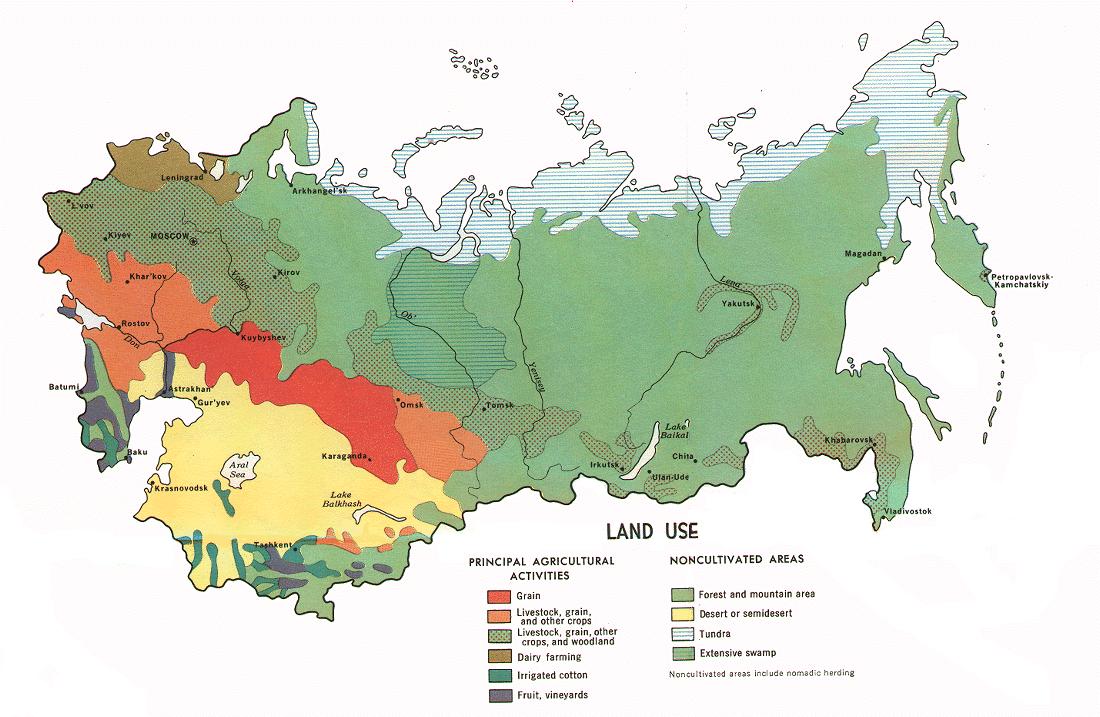
Russia Natural Resources Map Cities And Towns Map
Development of agricultural output of Russia in 2015 US$ since 1961. Agriculture in Russia is an important part of the economy of the Russian Federation.The agricultural sector survived a severe transition decline in the early 1990s as it struggled to transform from a command economy to a market-oriented system. Following the breakup of the Soviet Union in 1991, large collective and state.

Russian Federation Crop Production Maps
World Agricultural Supply and Demand Estimates (WASDE) USDA Weekly Weather and Crop Bulletin (NASS/WAOB) PSD Online; FAS Attache GAIN Reports;. About Us; FAS Home / IPAD Home > Crop Production Maps: Russia - Crop Production Maps. Russia: Barley Spring Barley Winter Barley Corn Millet Oats Rye Soybean Sunflowerseed Rapeseed Spring Rapeseed

Trade Profile Russia Guards Against Its Vulnerabilities
In 2018, total agricultural goods exports grew by 20 percent, to reach $25.9 billion. Agriculture is now Russia's fourth-largest export earner, after oil, gas and minerals. Agriculture is now Russia's fourth-largest export earner, after oil, gas and minerals. Even President Putin has highlighted that agricultural exports bring in almost.